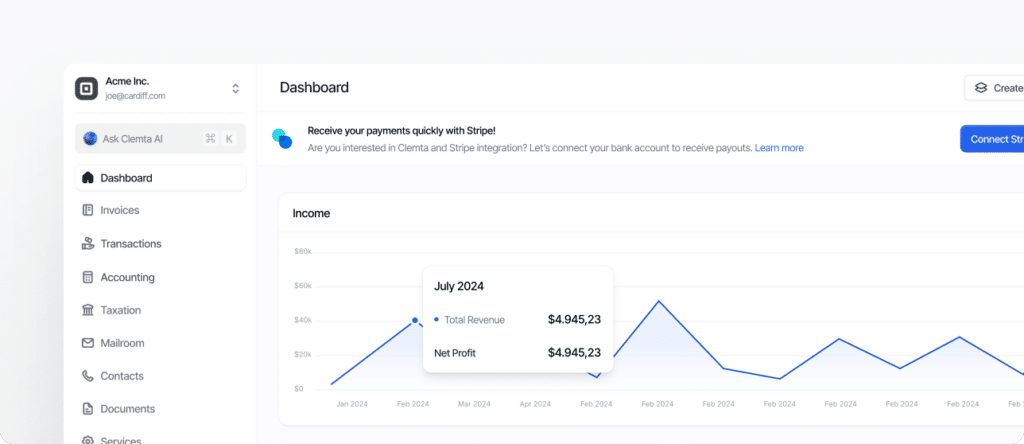A detailed record of a company’s ownership structure (showing who owns what percentage of equity, including founders, investors, and option holders).
What is a Capitalization Table?
A capitalization table is essentially the breakdown of a company’s equity ownership. For a startup, the cap table typically starts simple with just founders’ shares. As you bring in new investors or create an employee stock option pool, the cap table evolves to record each round of financing and each category of shareholder. It usually includes columns for shareholder names, types of equity (e.g., common stock, preferred stock series), number of shares owned, and sometimes the percentage of total ownership that represents. It will also reflect things like stock options granted (and to whom), warrants, and convertible instruments that might turn into equity.
For example, suppose you start with 1,000,000 shares owned 50/50 by two co-founders. Your cap table at inception has two entries. Then you create an option pool of 200,000 shares for future employees – the cap table now shows something like: Founder A: 500k shares (41.7%), Founder B: 500k (41.7%), Option Pool: 200k authorized (16.6% unallocated initially). Then you raise money from an investor who gets 300,000 shares of Series Seed Preferred Stock. The post-financing cap table might show: Founder A: 500k common (35%), Founder B: 500k common (35%), Investor: 300k preferred (21%), Option Pool remaining: 100k (7%) – assuming some options got granted out of the original 200k. These percentages help everyone understand their stake and how it dilutes with each financing.
Non-U.S. founders should maintain a clear cap table especially as they engage with U.S. investors. U.S. startups often use tools like Carta or Shareworks to manage cap tables, because manual spreadsheets can get complicated and error-prone with multiple rounds of funding. The cap table is crucial for negotiating deals – e.g., an investor might say “I’ll invest \$X for 20% of the company,” which implies a certain post-money valuation and number of shares to issue; the cap table helps to model that. It’s also vital for planning 16 stock option grants to employees (ensuring you reserve enough shares to incentivize talent without overly diluting owners). And when considering an exit (acquisition or IPO), the cap table tells you how proceeds would be distributed among owners. A detailed cap table might also note the liquidation preferences or other terms of preferred shares (for instance, that the Series A investor has 1x preference on their shares), though those rights are usually described in financing documents rather than the simple numeric cap table. However, knowing the fully diluted percentages (which count all possible shares if options and convertibles are exercised) is important for those economic rights.
In summary, the cap table is the master record of ownership in your company. Keep it updated with every issuance or transfer of shares. It’s one of the first things sophisticated investors and lawyers will ask for during due diligence. In the U.S., there is a strong culture of transparency around cap tables within startups– co-founders typically know each other’s stakes, and investors expect accuracy. Clemta’s offerings in formation may provide initial cap table templates or tracking, but as founder, it’s your responsibility to know exactly who owns what portion of your company at any time. Mismanaging or misunderstanding the cap table can lead to serious disputes or surprises (like accidentally promising more equity than exists!). So treat it as a living document that reflects your company’s equity story from founding to present.

